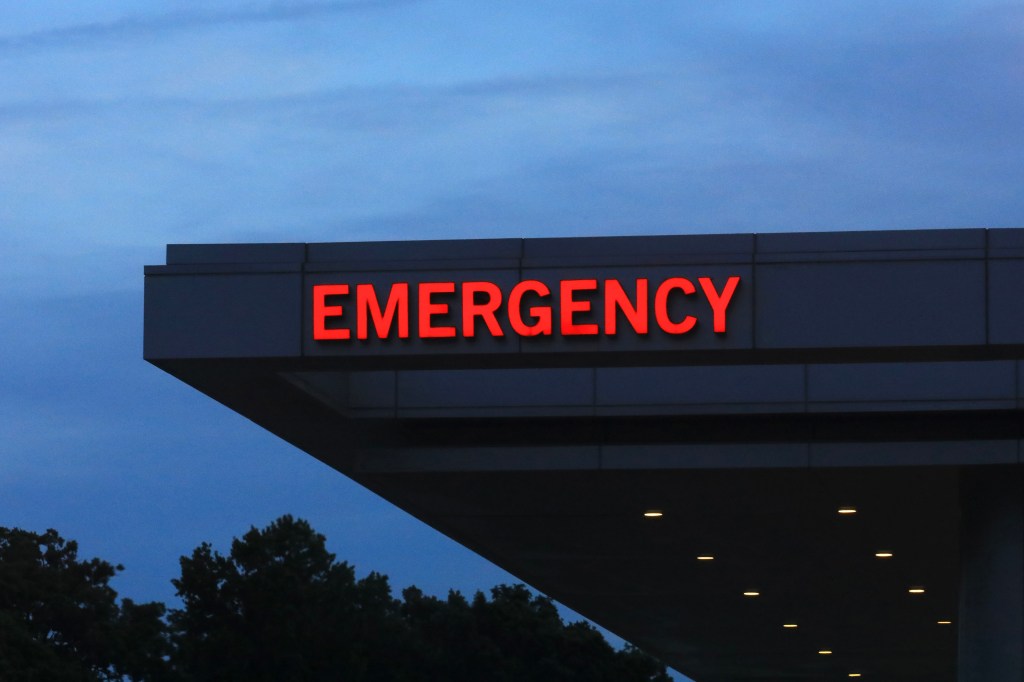The specter of unpreparedness loomed large over state health officials in California and Texas – a surprising alliance forged by a single, unsettling proposal from Washington. President Trump’s administration was considering dismantling a critical federal program designed to prepare the nation for disaster.
Born from the ashes of 9/11 and the subsequent anthrax attacks, the Hospital Preparedness Program (HPP) had quietly become a vital lifeline for communities across the country. For over two decades, nearly $2.2 billion flowed to states, cities, and health systems, bolstering their ability to withstand everything from pandemics to cyberattacks.
The funds weren’t abstract; they were actively deployed. Just recently, they were instrumental in combating a worrying outbreak of avian flu, preventing wider devastation and saving lives. They also provided crucial support during hurricanes, tornadoes, mass shootings, floods, and scorching heat waves – a silent guardian against a relentless tide of crises.
But a budget request from Russell Vought, Trump’s budget director, proposed to eliminate the HPP entirely, dismissing it as a “waste” and lacking “focus.” The rationale? States and cities should be responsible for funding their own preparedness efforts. A seemingly simple solution, yet one that sparked immediate and widespread concern.
The timing couldn’t have been worse. A government shutdown, fueled by disagreements over healthcare subsidies, had paralyzed any potential action. Millions of Americans relied on those subsidies, and the political stalemate threatened to further destabilize an already fragile system.
Across the political spectrum, state officials recognized the irreplaceable value of HPP funding. Neither Republican Texas nor Democratic California believed local resources could adequately fill the void left by a federal withdrawal. It highlighted a growing tension: the White House’s desire to shrink the federal role in public health emergencies versus the realities on the ground.
“The program is the primary source of federal funding for disaster preparedness in hospitals, emergency medical services, and other healthcare sectors,” explained Chris Van Deusen, a spokesperson for the Texas Department of State Health Services. Texas had received over $20 million that year, and the state’s budget, locked until 2027, offered no easy solution to a potential funding shortfall.
These funds weren’t simply allocated; they were used to build resilience. They enabled Texas healthcare providers to develop robust emergency plans, test hospital surge capacity, and ensure the efficient distribution of medical resources during crises. The Texas Emergency Medical Task Force, funded in part by HPP, had already responded to devastating floods and the tragic school shooting in Uvalde.
Georgia officials echoed the sentiment, carefully monitoring the situation and striving to maintain a strong public health preparedness infrastructure despite the uncertainty. Eric Jens, a public health spokesperson, emphasized the need for sustainable efforts, even in the face of potential federal changes.
In California, a health official bluntly stated the funds were essential for ensuring local healthcare systems could respond to emergencies beyond their normal capacity. Robert Barsanti, a spokesperson for the California Department of Public Health, emphasized that HPP was the *only* dedicated federal fund for healthcare disaster preparedness.
“Without this funding, California risks losing critical emergency response infrastructure, weakening our ability to protect lives, maintain continuity of medical care, and meet federal preparedness standards,” Barsanti warned. As the most populous state, California received nearly $29 million annually, even as it grappled with a significant budget deficit and ongoing disputes with the Trump administration.
The money flowed to state departments, emergency medical services authorities, health associations, and over 60 local entities, including Los Angeles County, which received an additional $11 million, and the University of California system, awarded $1.2 million.
Despite repeated requests, the White House, the Administration for Strategic Preparedness and Response, and the Office of Management and Budget remained silent on the proposed cuts. Meanwhile, a disturbing trend emerged: the Administration for Strategic Preparedness and Response had experienced an 81% reduction in staff – the largest personnel cut within the Department of Health and Human Services.
Adding to the anxiety, the distribution of this year’s HPP funds had been delayed by nearly three months. Originally slated for release in July, the majority of the money wasn’t available until late September, hindering the nation’s response to the emerging H5N1 avian flu outbreak.
In New York, the delay was seen as a dangerous precedent. “This is another example of how changes and uncertainties at the federal level jeopardize crucial public health programs in the state,” said Cadence Acquaviva, a spokesperson for the New York Department of Health. She warned that delays or elimination of funds would significantly endanger New Yorkers during a disaster.
New York State received nearly $14 million, with New York City receiving over $9 million. Illinois officials similarly stressed the need for consistent federal funding to prepare for all types of disasters, beyond specific disease outbreaks. Jim Leach, a spokesperson for the Illinois Department of Public Health, explained that the program transformed hundreds of hospitals and healthcare facilities into a coordinated system, saving lives and public resources.
“If a natural disaster or infectious disease outbreak were to occur, a state could not react quickly enough without HPP funds,” Leach asserted, underscoring the program’s vital role in safeguarding communities across the nation.





